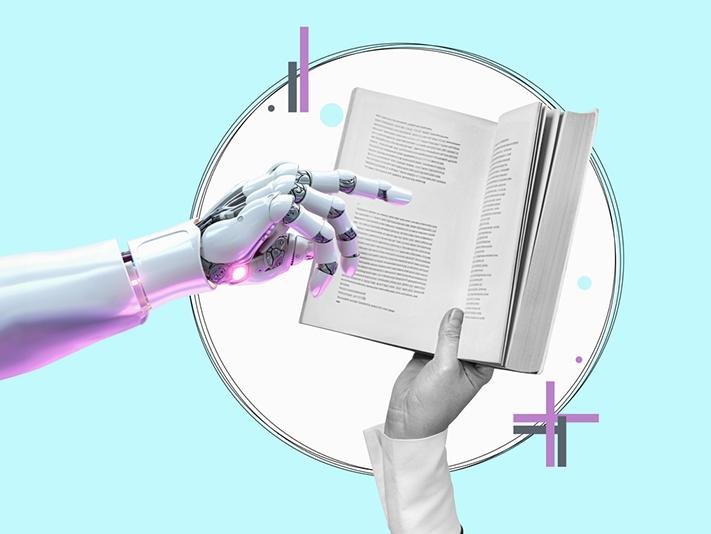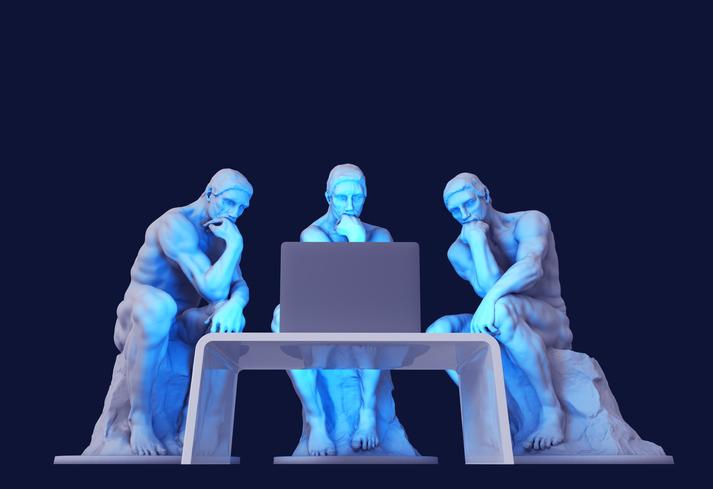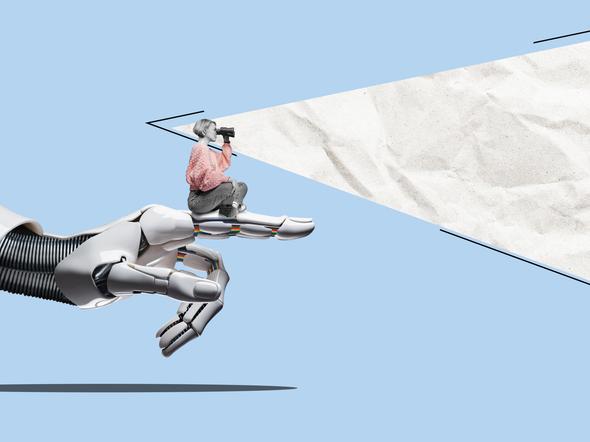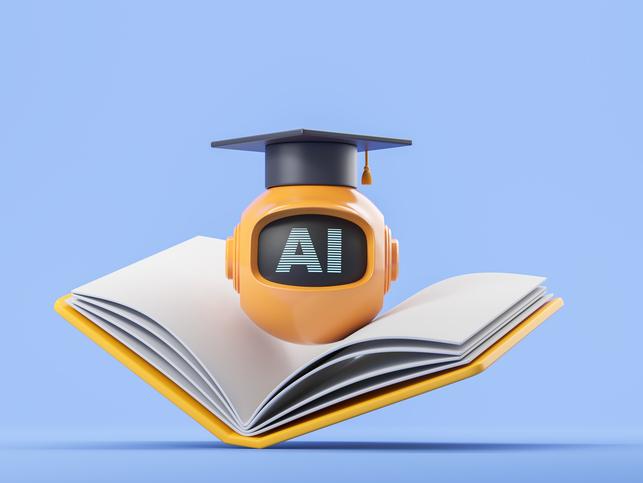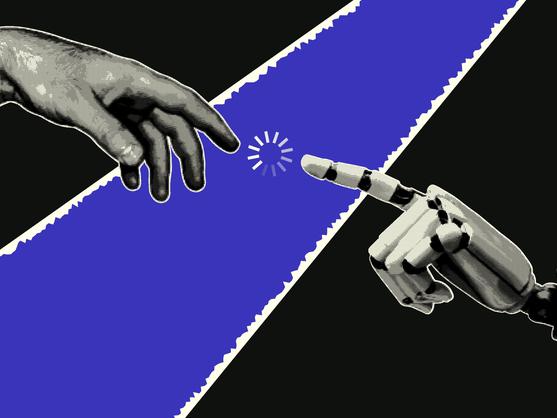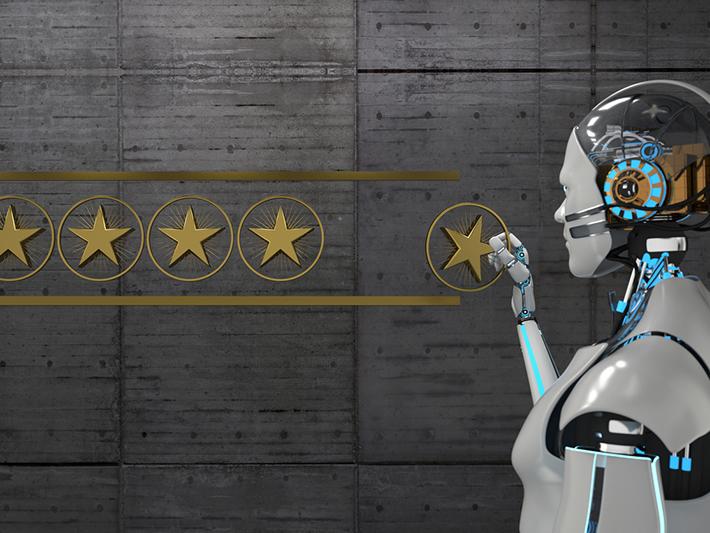AI presents opportunities and challenges for higher education teaching and learning. While the impact of GenAI tools such as ChatGPT on academic integrity and critical engagement is of concern, these large language models have the capacity to streamline administrative tasks, spark creativity, enhance assessment methods and guide deeper learning, if used effectively. And with GenAI soon to become ubiquitous in most workplaces, it is vital students understand how to use it well. Building AI literacy, rethinking assignments and exploring how AI intersects with established pedagogical approaches should, therefore, be priorities for university educators. This collection offers practical insights into leveraging AI as a teaching tool that supports greater understanding and critical thinking, helping both students and their lecturers.

There are very real fears that students might use GenAI as a shortcut, preventing them from engaging critically with learning material. However, by encouraging students to work with AI as an assistant and embedding it into learning activities and assignments, AI outputs can be used to help students evaluate arguments, spot biases and refine their reasoning skills, as these resources explain.
With AI sparking such a monumental transformation, not just in teaching and learning but in the careers that await students after university, AI literacy has become a must-have graduate skill. To close the digital divide, university lecturers need to consider the AI know-how students already have and the skills they will need. Then, as these resources explain, guide them to get the most out of these powerful tools, with a clear understanding of AI’s strengths and limitations.
One of the best-documented concerns related to AI and higher education relates to academic integrity and plagiarism. The availability of GenAI means rethinking assessment and, some argue, reframing definitions of academic integrity. Traditional models such as essays are being swapped out for assessments designed around reflection, and real-time, practical tasks such as presentations. As the resources here explain, the focus must move towards examining students’ process rather than their final output.
How can instructors align AI use with traditional models of teaching? These resources look at educational philosophies including behaviourism, constructivism and critical consciousness, along with how AI intersects with Bloom’s Taxonomy. Academics share specific exercises that use AI to strengthen learning and engagement.
Much of the work of teaching happens outside the classroom – emails, marking, feedback, class planning, course design – the list goes on. So while many academics are wary of AI, a growing number are using it to lighten their workloads by outsourcing some of the administrative tasks associated with university teaching. Read here about how AI can speed up marking, help deliver feedback, draft emails and summarise course materials, leaving instructors time to focus on more meaningful learning and assessment design.



